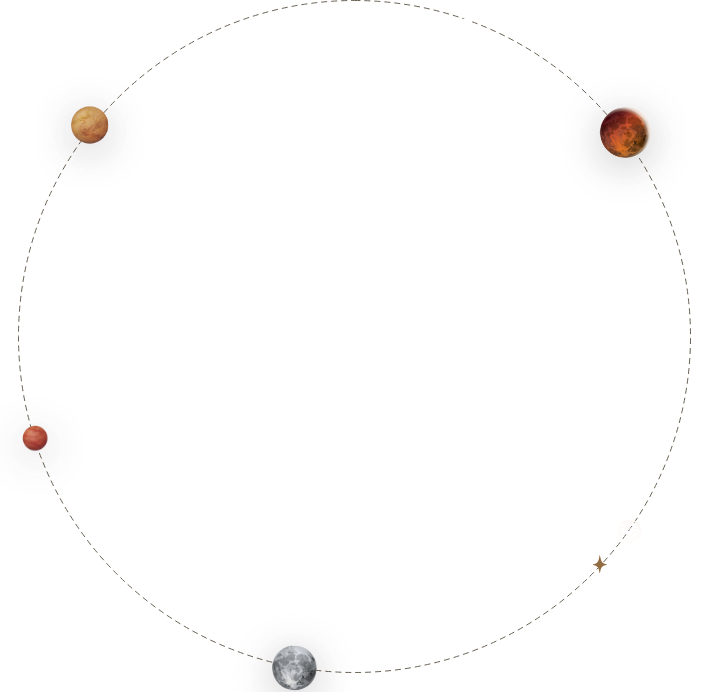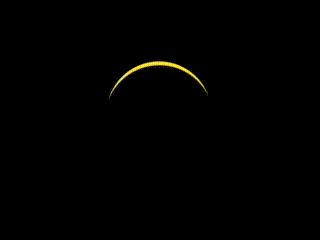
Observing a solar eclipse is an extraordinary experience, but ensuring your safety is critical to protecting your vision.
It is essential to understand that viewing a partial, annular, or the partial phases of a total solar eclipse without proper protection is never safe. Only specialized solar filters provide adequate safety. Veteran eclipse observer and eye safety expert B. Ralph Chou emphasizes that the only safe time to view the Sun directly without any protection is during the totality phase of a total solar eclipse when the Moon completely covers the solar disk. Even if 99% of the Sun is obscured, the remaining light is still intense enough to cause retinal damage. Viewing the Sun through binoculars, telescopes, or other optical devices without proper solar filters can result in instant eye injury due to the extreme intensity of the focused light. Chou highlights that any filter used for eclipse viewing must meet the transmittance standards of ISO 12312-2. Eclipse glasses or viewers that do not meet these standards should never be used, as they fail to guarantee adequate protection
Media Warnings and Misinformation
Renowned scientist and eclipse chaser Jay M. Pasachoff notes that media warnings about the dangers of observing solar eclipses, while well-intentioned, often contain misinformation. These warnings can generate unnecessary fear, particularly among younger audiences. Pasachoff cautions that this approach may backfire: if students hear warnings from teachers or authorities and later discover that others observed the eclipse safely, they may feel unjustly deprived of a remarkable experience.
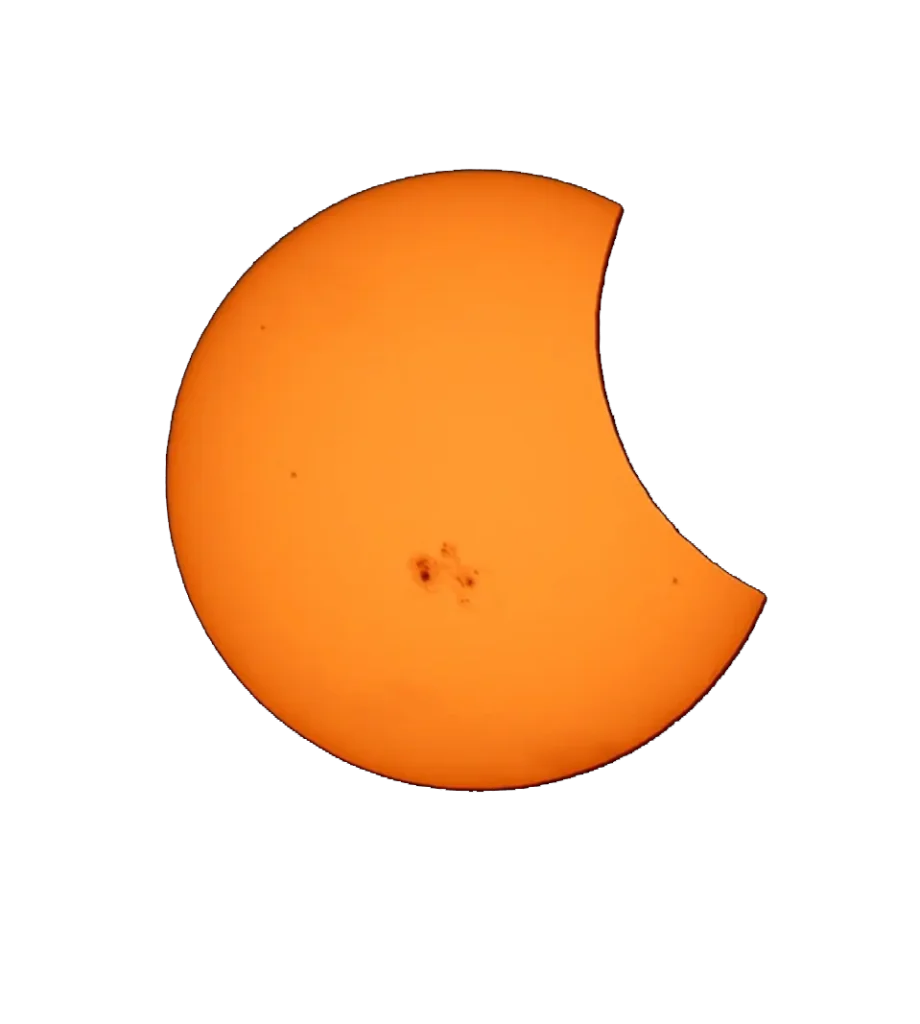
Safe Solar Viewing: Protect Your Eyes with Proper Filters
Viewing the Sun through binoculars, telescopes, or other optical devices without proper solar filters can result in instant eye injury due to the extreme intensity of the focused light. Chou highlights that any filter used for eclipse viewing must meet the transmittance standards of ISO 12312-2. Eclipse glasses or viewers that do not meet these standards should never be used, as they fail to guarantee adequate protection
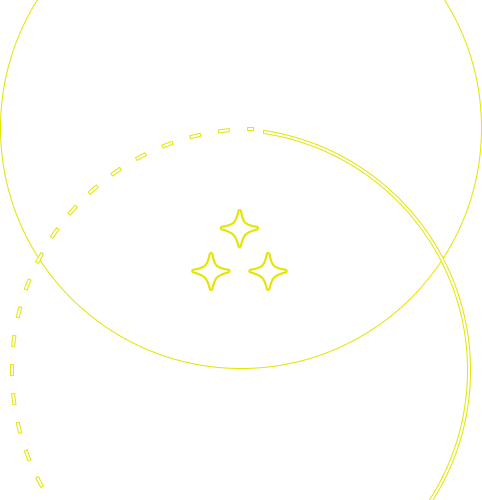
Join the excitement of the eclipse
Discover the magic of solar eclipses with our unique and safe activities. Take part and live unforgettable moments under the starry sky!
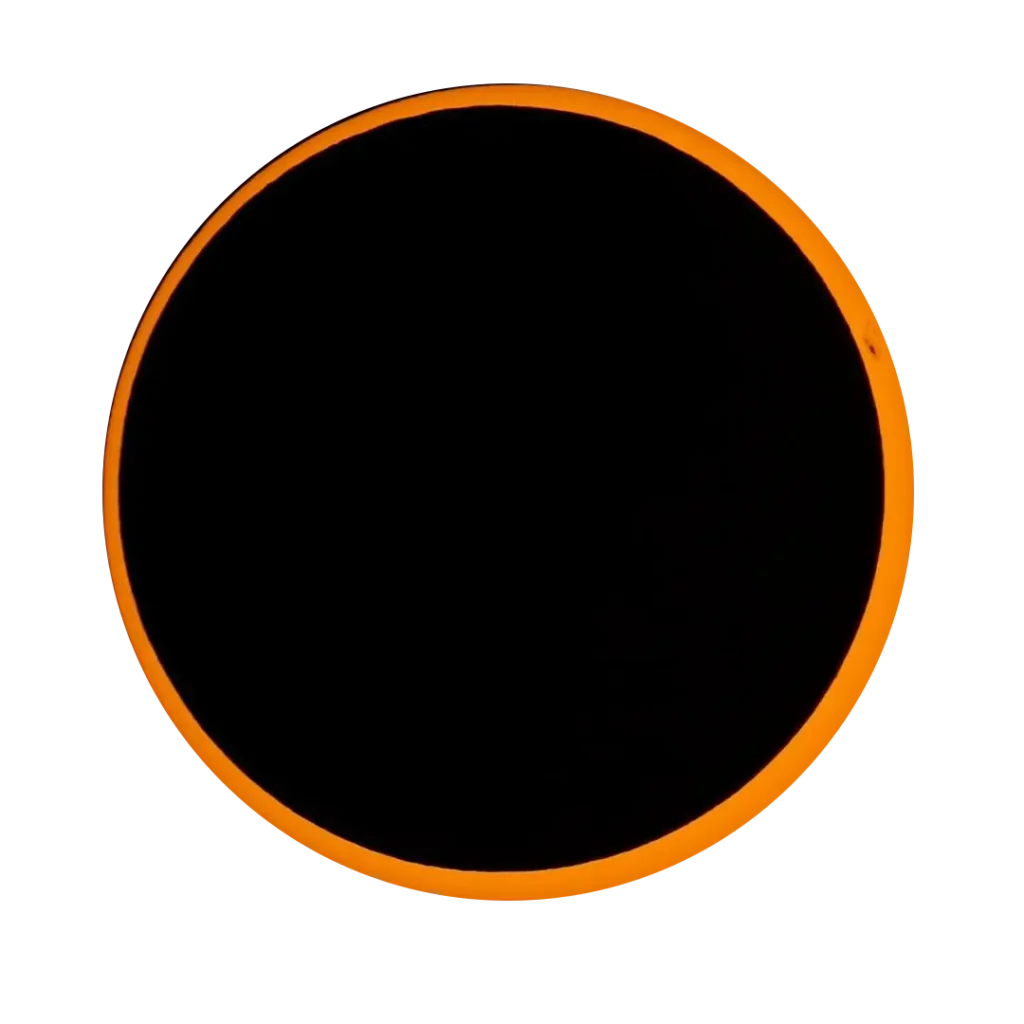
Unsafe Materials for Solar Observation
Certain materials, though they might appear suitable for improvisation, are extremely dangerous for solar observation. Chou warns against using the following items under any circumstances:
- Developed “black” photographic film
- Exposed film negatives
- Sunglasses (even multiple pairs)
- Neutral density photographic filters
- Food wrappers (e.g., potato chip or Pop Tart wrappers)
- Polarizing filters
- Smoked glass
- CDs or DVDs
- “Space blankets”
- Landscaping or similar professional films
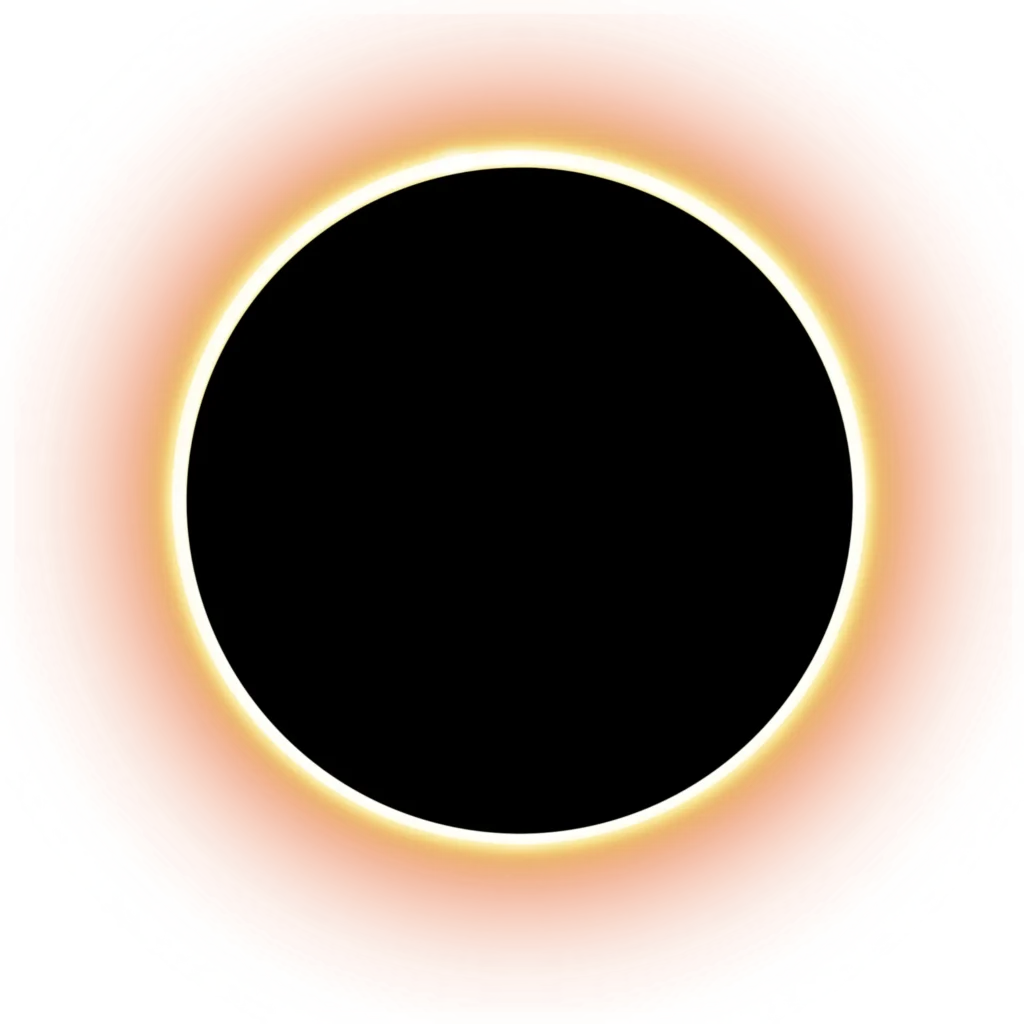
Safety During Totality
Observing the eclipse with the naked eye is entirely safe during totality, the brief phase when the Sun is completely covered by the Moon. This awe-inspiring moment is one of nature’s most magnificent spectacles. If you have the chance to witness a total solar eclipse, don’t miss it—especially if you are within or near the path of totality.
Traveling to observe a total solar eclipse can be challenging, often requiring trips to remote areas along the path of totality. Planning ahead is essential to ensure you fully enjoy this rare phenomenon.

Certified and Safe Equipment
At Eclipse262728, your safety is our priority. That’s why our eclipse glasses meet ISO 12312-2 standards, ensuring safe viewing during all phases of the eclipse.

Professional Consulting for Astronomical Events

Eclipse262728 offers a professional consulting service focused on the planning, development and management of events related to astronomical phenomena, especially solar eclipses. Our consulting services are designed to support both public and private entities in the organization of educational, tourist and scientific activities and events around these celestial spectacles. Thanks to our international experience in observing and coordinating eclipses, we provide a complete guide to maximize the positive impact of each event.
